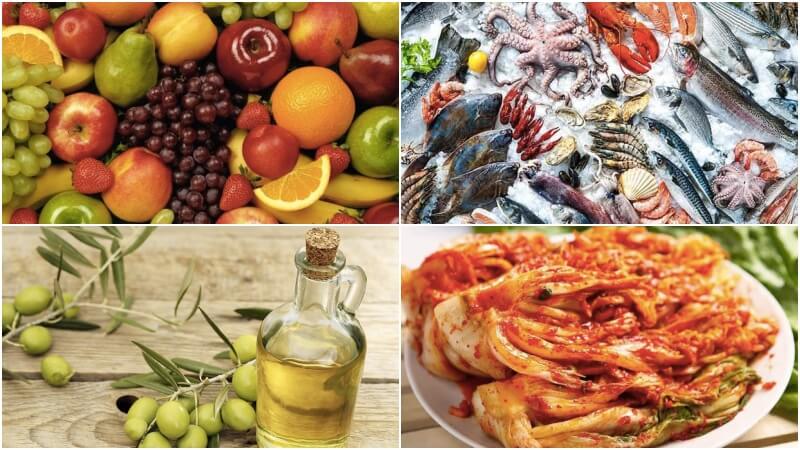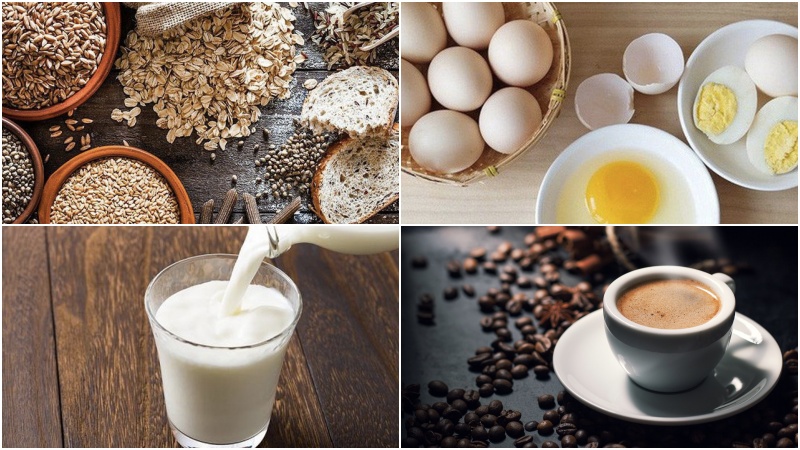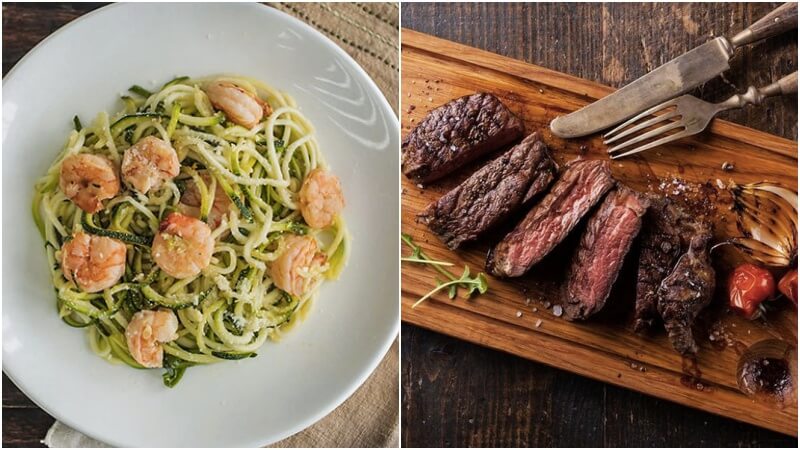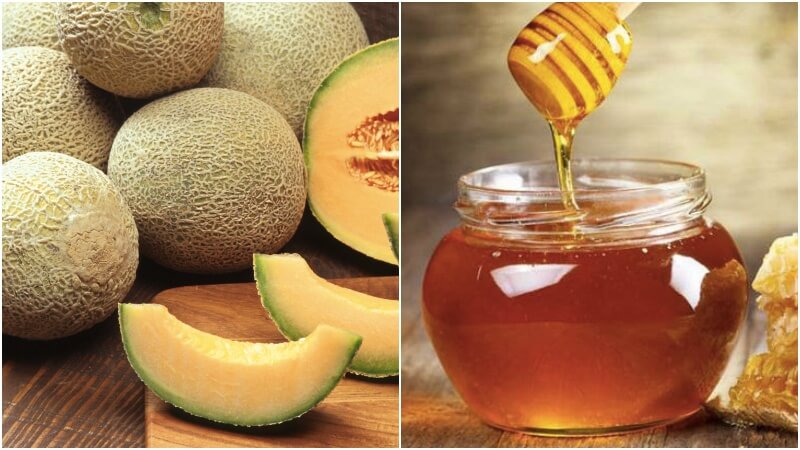Autoimmune disease is a rather dangerous condition that is becoming increasingly common in young and middle-aged people (usually between 20 and 40 years old), especially autoimmune gastrointestinal disorders. So, what is the Autoimmune Protocol (AIP) diet, and how can it help those affected by these conditions? Let’s find out.
1. What is the AIP Diet?
The AIP diet is a stricter version of the (Paleo diet), which includes grains, legumes, dairy, nuts, and seeds. It is also known as the Paleo Autoimmune Protocol and is designed for people with autoimmune diseases.
Autoimmune diseases occur when the body’s immune system fails to distinguish between self-antigens and harmful external agents. This condition can affect people of all ages but is most commonly diagnosed between the ages of 20 and 40. The most common autoimmune diseases include rheumatoid arthritis, scleroderma, and inflammatory bowel disease.
The AIP diet is based on the belief that autoimmune disorders of the gastrointestinal system are caused by tiny holes in the intestines that allow food particles to leak into the body. The AIP diet aims to heal these tiny leaks and restore gut health.
 The AIP Diet
The AIP Diet
2. Benefits of the AIP Diet
The AIP diet offers several key benefits, including restoring immune system function and gut health, preventing autoimmune reactions, and reducing the risk of secondary autoimmune diseases.
For best results, it is recommended to follow the AIP diet consecutively for a few weeks. After this period, you can gradually reintroduce the eliminated foods.
The AIP diet involves removing potentially inflammatory foods and replacing them with nutrient-dense options. By doing so, you can expect the following benefits:
 Benefits of the AIP Diet
Benefits of the AIP Diet
- Prevention of secondary autoimmune diseases and reduction of autoimmune reactions
- Minimization of symptoms associated with autoimmune diseases
- Resetting and regulating the immune system
3. Foods to Eat and Avoid on the AIP Diet
Foods to Eat on the AIP Diet
- Vegetables: Most vegetables are allowed, except for those in the nightshade family, spicy peppers, and seaweed.
- Fresh fruit: Consume in moderation, especially those with higher sugar content.
- Starchy vegetables: Sweet potatoes, cassava, and taro.
- Meat (wild-caught, grass-fed, or pasture-raised): Wild game, fish, seafood, organ meats, and poultry.
- Fermented foods and probiotics: Fermented foods that do not contain dairy, such as sauerkraut, kimchi, beet kvass, coconut yogurt, and coconut kefir.
- Healthy fats and oils (minimally processed): Avocado oil, olive oil, and coconut oil.
- Herbs and spices: As long as they are not derived from seeds or peppers.
- Natural vinegars: Apple cider vinegar and red wine vinegar, as long as they are unsweetened.
- Natural sweeteners: Maple syrup and honey, consumed in moderation.
- Certain teas: Green tea and herbal tea, with a moderate intake of up to 3-4 cups per day.
- Bone broth
 Foods to Eat on the AIP Diet
Foods to Eat on the AIP Diet
While allowed, some protocols recommend limiting your intake of natural sweeteners like honey and maple syrup, as well as coconut-based products.
Depending on the specific AIP protocol you follow and your individual health status, you may be able to include a small amount of fruit in your diet. The recommended daily intake is around 10-40 grams of fructose, which is equivalent to about 1-2 servings of fresh fruit.
Additionally, for optimal results, it is advisable to limit your consumption of fruits and starchy vegetables with a high glycemic index, such as pumpkins, sweet potatoes, and parsnips.
Foods to Avoid on the AIP Diet
- Grains: Gluten-containing grains like wheat, rye, barley, and triticale, as well as grain-based products like pasta, bread, and baked goods.
- Legumes: Beans, lentils, peanuts, and soy, as well as derivative products like tofu, tempeh, and soy sauce.
- Nightshade vegetables: Eggplant, peppers, potatoes, and tomatoes, as well as spices derived from nightshades, such as paprika.
- Dairy: Eggs, egg whites, and products containing these ingredients.
- Milk and dairy products: Cow’s milk, goat’s milk, sheep’s milk, and derivative products like cheese, butter, ghee, and milk powder.
- Certain beverages: Alcoholic and caffeinated drinks.
- Processed vegetable oils: Canola oil, corn oil, cottonseed oil, grapeseed oil, peanut oil, and soybean oil.
- Processed or refined sugars: Cane sugar, beet sugar, corn syrup, brown rice syrup, and barley malt syrup; also includes sweets, candies, frozen desserts, and chocolate, which may contain these ingredients.
- Food additives and artificial sweeteners: Trans fats, food colorings, emulsifiers, thickeners, and artificial sweeteners like stevia, mannitol, and xylitol.
 Foods to Avoid on the AIP Diet
Foods to Avoid on the AIP Diet
4. Sample AIP Diet Menu
On a typical day following the AIP diet, you can choose one of the suggested meals for each meal time:
Breakfast:
- Sautéed spinach
- Chicken sausages (made with ground chicken, spinach, onions, garlic, coconut oil)
- Mexican breakfast skillet (made with ground beef, sweet potato, kale, onion, garlic, and avocado)
 Sautéed Spinach and Mexican Breakfast Skillet
Sautéed Spinach and Mexican Breakfast Skillet
Lunch:
- Shrimp with zucchini noodles
- Grilled beef skewers
 Shrimp with Zucchini Noodles and Grilled Beef Skewers
Shrimp with Zucchini Noodles and Grilled Beef Skewers
Dinner:
- Chicken thighs with roasted asparagus
- Chicken Marsala (made with boneless chicken thighs, mushrooms, red grapes, olive oil, dry Marsala wine, and chicken broth)
 Chicken Thighs with Roasted Asparagus and Chicken Marsala
Chicken Thighs with Roasted Asparagus and Chicken Marsala
Snack: Honeydew melon with a drizzle of honey
 Honeydew Melon with Honey
Honeydew Melon with Honey
This article has provided an overview of the AIP diet, its benefits, and the foods to include and avoid. Remember to consult with a healthcare professional before starting any new diet, especially if you have an autoimmune condition.
Sources: Compiled from various sources






































